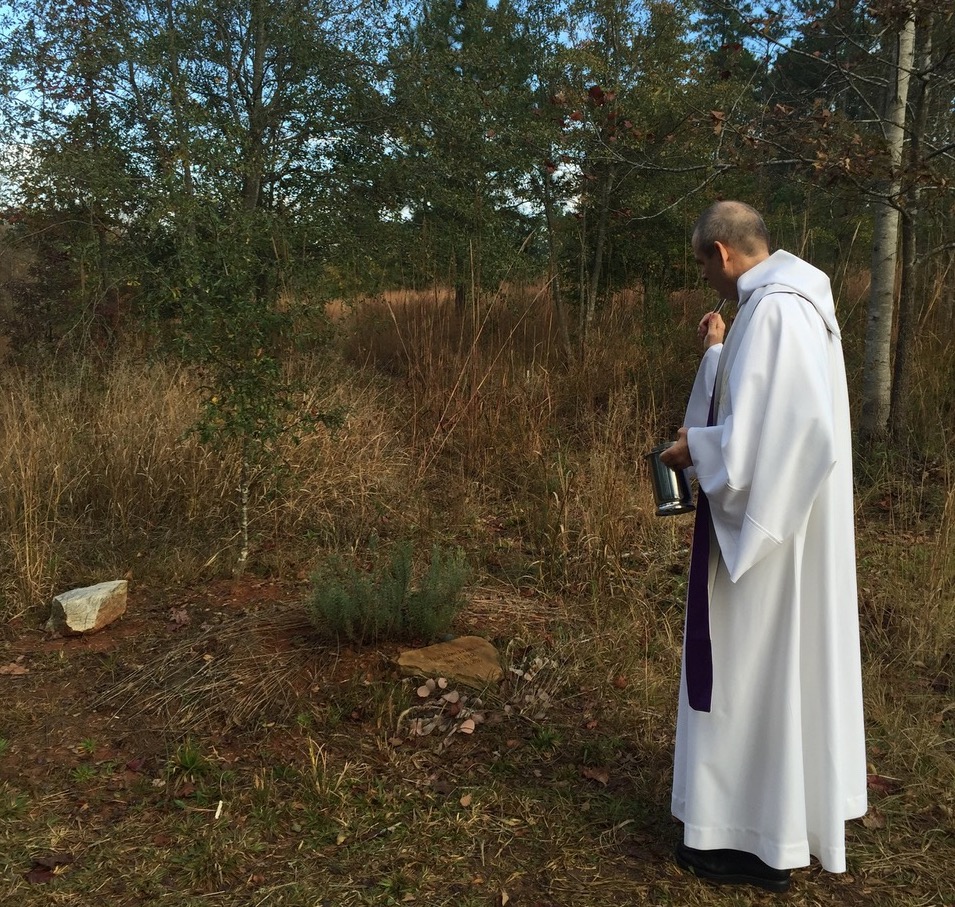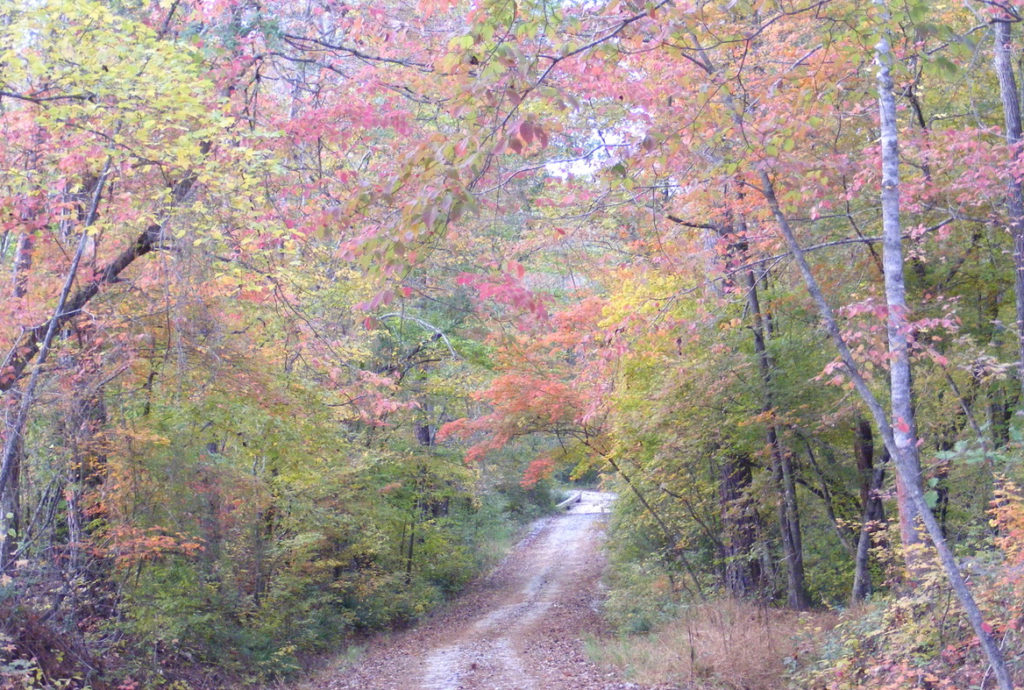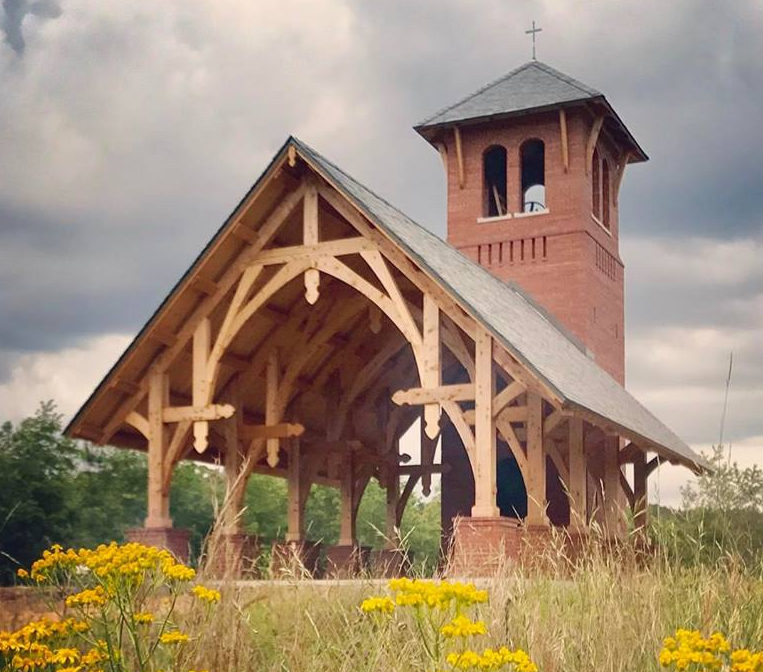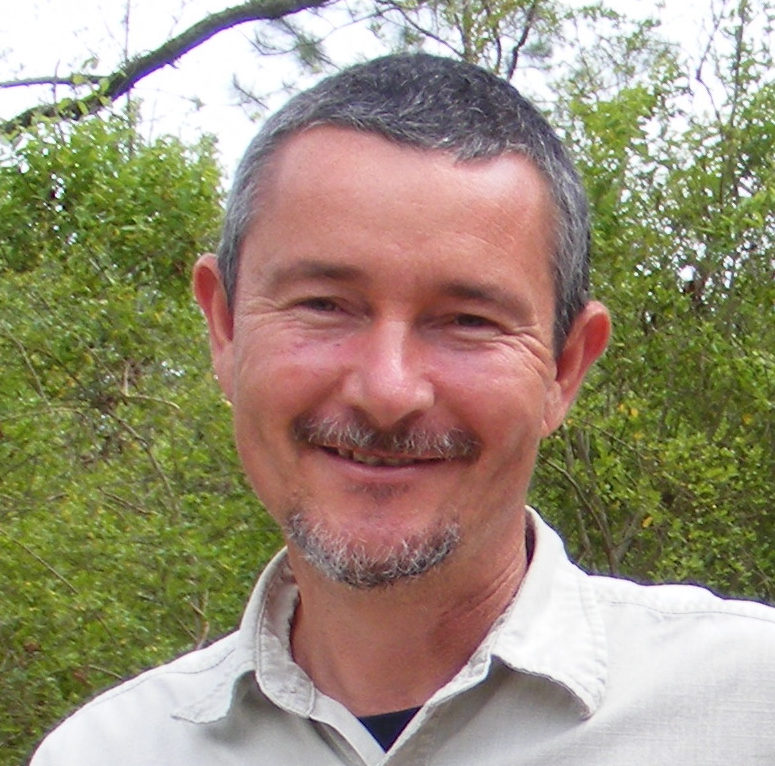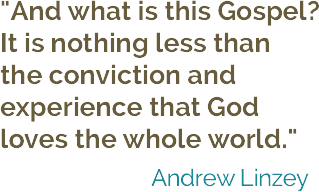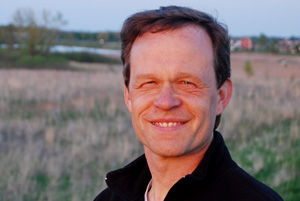I’ve decided to fast and pray on Earth Day.
This is a step in a continuing odyssey for me.
Listening to a podcast recently lit the kindling of my awareness that fasting has a long history of being a powerful Christian spiritual practice. I have also long believed that a Christian faith that does not spiritual transform ones’ faith-life is not really faith at all. I will be trying my first focused fast on Good Friday with that same motivation.
My intense spiritual struggle over the condition of God’s earth also motivates me. My heart alternates between breaking at the condiition of God’s earth and intense anger. For reasons not entirely clear to me, I am acutely aware of the wounds of God’s earth. Sometimes I wish I could turn off that sensitivity. I am also painfully aware that few people of faith seem to care with any urgency. And the ones who do, including me, struggle to find meaningful traction and direction in taking meaningful, large-scale action that will alter the course our world is on (Gabe Brown is one exception).
My faith struggles mightily with all this.
So I am going to see where this leads. I recognize many Christians do not associate Earth Day nor God’s earth with their faith. Likewise, many of the people who are acting energetically and sacrificially to defend and restore Gods’ earth do not associate Christians with Earth Day either. Over time, I would like to change this. But I must start with myself.
Motivations
I seek the following from my Earth Day fast.
Open My Heart to God
Here is a great quote from Cistercian monk Charles Cummings in The Sacred Art of Fasting by Thomas Ryan. “The more I try to make Christ the center of my life and thoughts and actions, the more I feel every pull and tug that draws me back from the radical, loving surrender of myself.
YouTube, sports, and a host of small matters distract me. These cause me to be deaf to God and his callings as they relate to family, neighbors, and Creation.
I am hopeful that I wil experience a closer connection to God through this fast. I desire the Holy Spirit to fill me so what is uniquely me is creatively directed towards God’s ways. I want to give God’s will highest priority. Even as I write that, part of me is afraid of allowing that to happen. May this fast reduce or eliminate that fear.
Full Mourning
I sometimes retreat from allowing myself to feel the full grief of how much we have defaced the beauty and goodness of the natural world. I want my grief “circuit breaker” removed. I need to dive into that grief.
The grief over the empty forests of Vietnam. Poaching wars over the last great animals of Africa. More thatn 750 impaired (meaning chronically sick and depleted) streams and rivers in Iowa, largely due to the way we farm and raise animals. The decimation of Haiti’s forests. Emerging dead zones (like the one in the Gulf of Mexico. The list goes on and on. People and Creation suffer from all of this.
David mourned by fasting after the deaths of Saul and Jonathan (2 Samuel 1:12) and the death of his son Abner (2 Samuel 3:32-35). Nehemiah fasted in grief over the state of the Jewish people who had returned to Jerusalem and the condition of Jerusalem itself – the wall broken down, gates burned by fire (Nehemiah 1:4). Mourning and grief for God’s earth through fasting and prayer seems wholly appropriate.
Deep Repentance
I want to express deep penance for what we have done to God’s oceans and lands and for the part I have played in it.
I also want to express regret for the fact that Christianity has largely been AWOL from the struggle to cherish God’s earth. And, in fact, too often economic philosophies and political ideologies have used a misrepresented Christianity as religious legimitization for advocating degrading uses of God’s earth.
But repentance is much more than feeling sorry and feeling regret. I’ve recently learned that the Greek word metanoia that we translate as “repent” has a deeper meaning. It means a transformation of our hearts and minds. Father Gregory Boyle of Homeboy Industries articulates it like this: “to go beyond the mind we have.” I will pray that I and many other Christians will go beyond the hearts and minds we have to a loving spirit that cherishes all that is God’s. What isn’t God’s?
Visceral kinship
I believe the fast will help me better appreciate the plight of the poor harmed by climate change and the plight of birds, mammals, insects, fish and other life who find it ever harder to survive in the world we are unraveling.
Seeking direction for action
In Esther 4:16, we read of Esther asking the Jewish people to fast before she visits King Ahasuerus uninvited. She will do so to seek save the Jewish people from destruction and at the risk of her life. Moses and Jesus both fasted for 40 days before key points in their missions on earth.
I need further wisdom and discernment about where I should focus my energies in trying to defend and renew God’s earth. I hope to gain it while fasting.
Intensify my prayers for Creation and its defenders
Are you praying for Creation along with your prayers for family, friends, and yourself? I do, but I feel compelled to do more. We should also pray for the scientists (like Katharine Hayhoe), advocates, and regular people who are putting their hearts and minds to the service of Gods’ Creation and the people who depend on it. They struggle against the powers and dominions of this world. Their hearts are broken by what they see unfolding. They are trolled viciously. Sometimes they are killed because their words and actions would stop powerful people from making money.
Learn to LIve with Limits
Our appetites tend to be our masters. This is true of our individual lives. This is true of our economic-political systems. Adam and Eve’s sin was ultimately about not accepting a limit on their desire. I struggle with limits on my appetites. And when my appetites for distraction and security fill up our lives then we have little life and love left to give to God’s purposes. I seek God’s help in loving limits and loving God’s ways.
Seek Joy and Hope
This year Earth Day is the day after Easter. That proximity is unusual, and it calls attention to the fact that Christ’s life, death, and resurrection are good news for all of Creation.
I desperately need to remember that good news and to fully experience the joy it contains even in the midst of this crazy, broken world. And by remember I mean a confidence that fills my bones and heart, not just a doctrinal assent.
I believe It is fully understandable and acceptable to be outraged and full of despair at the injustices of the world that harm people and Creation. The Bible gives us many resources for expressing outrage, doubt, and misery. We are not fully human if we can look at injustice in any form, shrug it off, and go on to a Netflix binge.
Yet, our faith also calls us to hold joy in our hearts even as we struggle with brokenness and evil. God loves us and the whole world and has expressed grace and love to us through Jesus. God’s mercy does endure forever. God will make everything right some day. I need direction for action and light in my heart.
How exactly this will work
I will begin with a sunrise-to-sunset fast on Good Friday to deepen my experience of remembering the crucifixion of Jesus. Then, on Easter evening, I intend to eat dinner with my family before going on a water-only fast until after sunset on Monday (Earth Day) when I will have dinner again with my family. I will still be working during the day.
In The Sacred Art of Fasting, I read that it is really not a spiritual fast if one does life completely as one would normally would. So I plan to take a walk and pray during the time I would normally eat lunch. I also plan to pray whenever I feel hunger pains and between tasks.
Since fasting is typically combined with almsgiving in Christian tradition, I plan to honor that tradition but will do so in a different way. I will make a contribution to a conservation organization that is protecting habit so that God’s living things have places to live and food to eat.
I Welcome Fast Companions
I originally thought I would make a big push to encourage you and others I know who share deep concern for God’s earth to join me in this fast. Having friends to communicate with during the day for mutual encouragement would certainly be wonderful. But I’ve decided to focus this first attempt on my own exploration of this practice. This will enable me to speak from experience for Earth Day 2020.
If you do decide you want to join me, please email me at wholefaithlivingearth@gmail.com. We can arrange to share phone numbers so we can create a text group during the day.
I strongly encourage you to do some research on fasting before you do it. If you have any health issues that would make a food fast a risk for you, please consider a fast from something else. And if you haven’t fasted before, please consider starting slow – perhaps skipping just lunch or doing a juice fast.
Your prayers would also be welcome.


